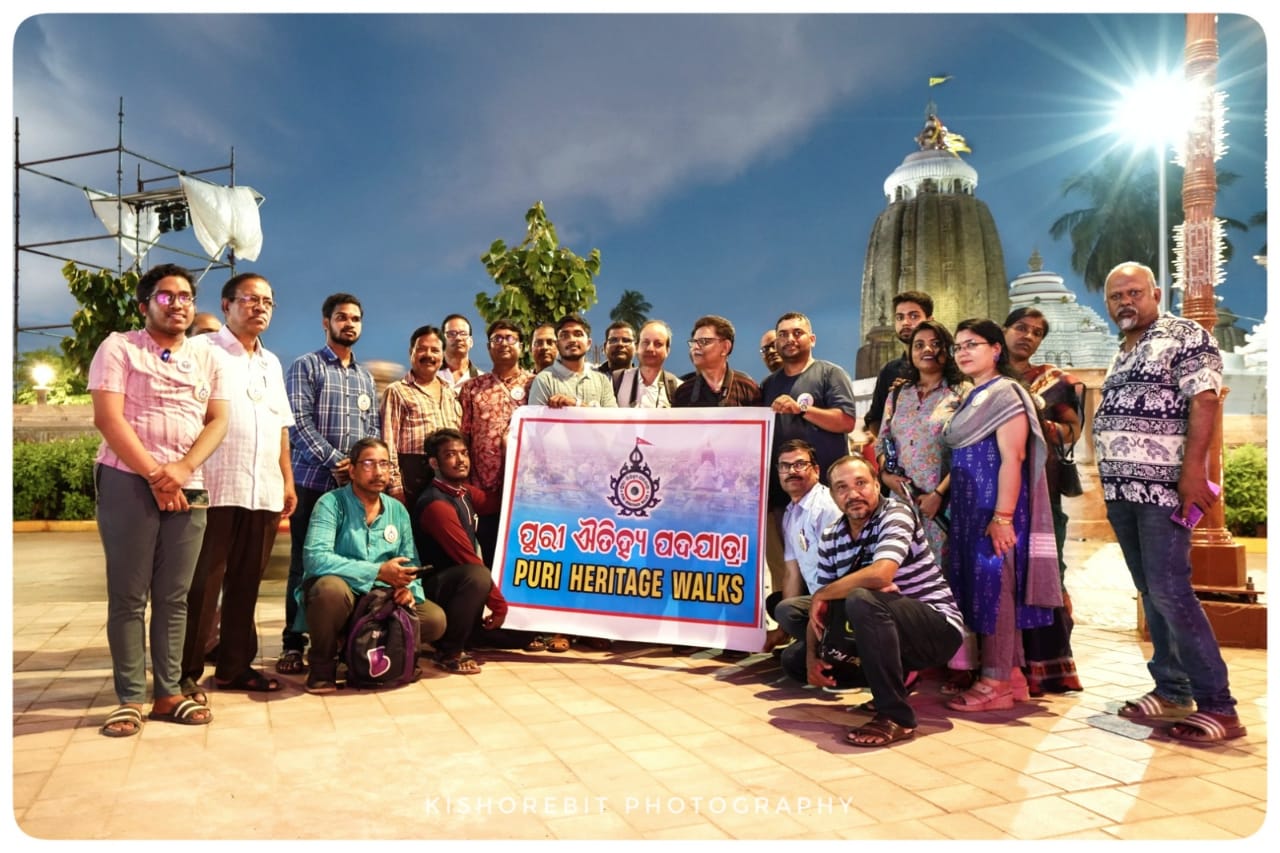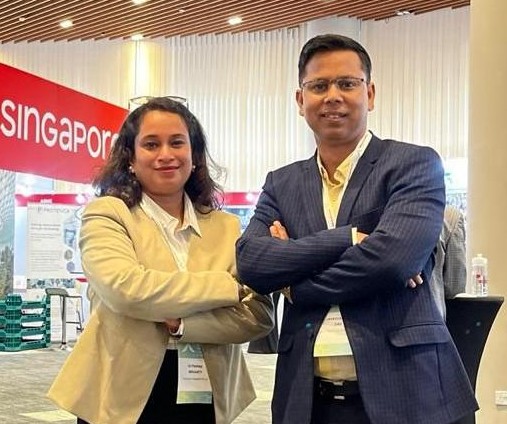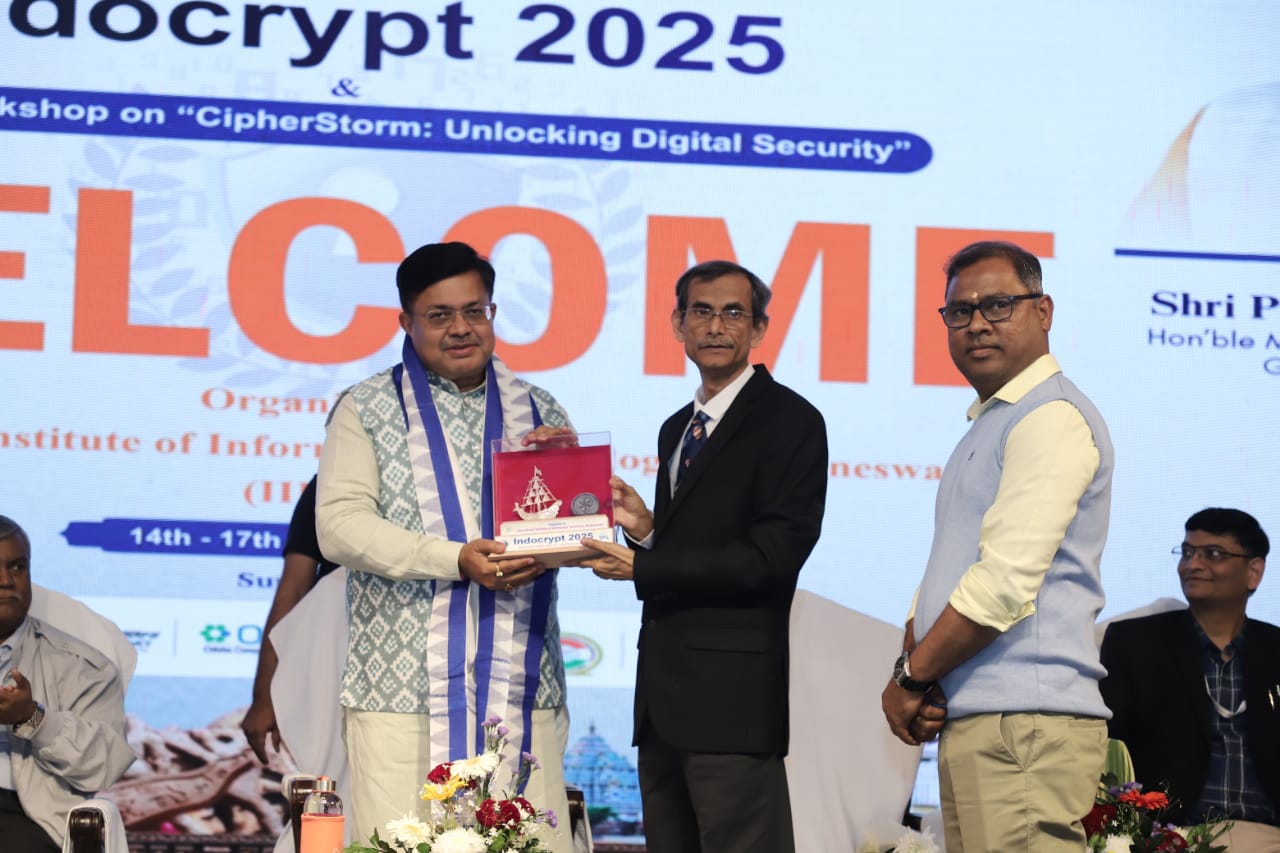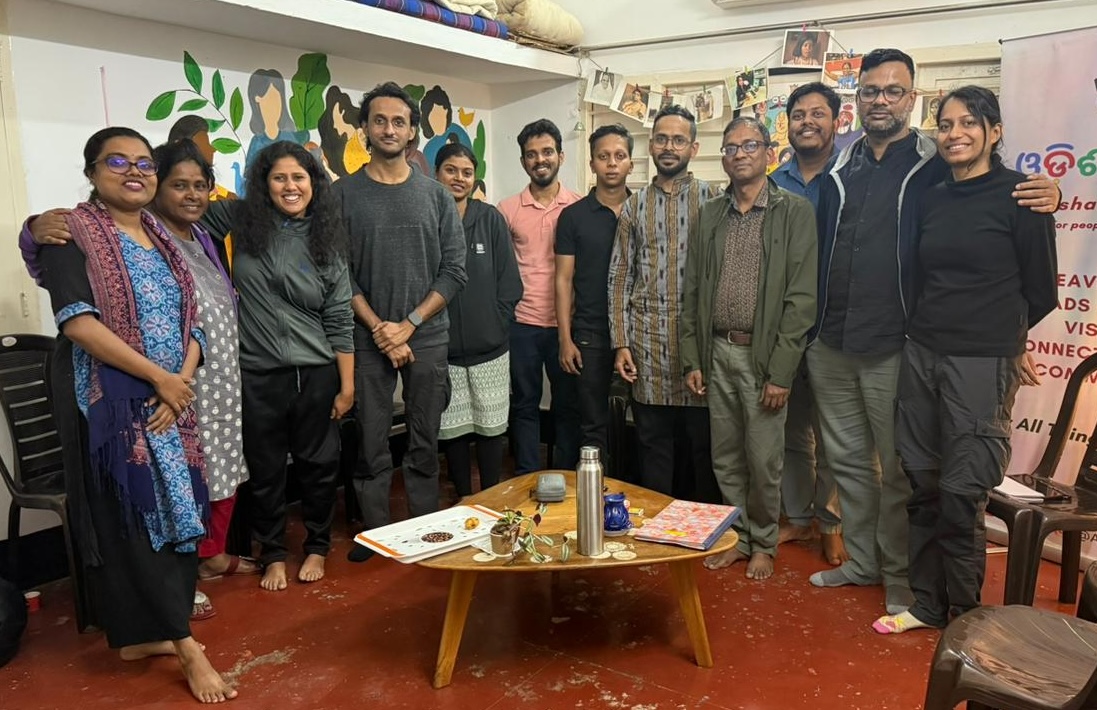Puri: The rich tapestry of Jagannath Culture, woven from diverse traditions such as Vaishnavism, Shaivism, Shakta Upasana, Buddhism, Tantricism, and Sikhism, is beautifully reflected in the “Goshani Jatra” festival, celebrated during Durga Puja. On Sunday, the Puri Heritage Walks Group organized a “Goshani Walk,” attracting over 30 heritage enthusiasts from across Odisha to immerse themselves in this vibrant socio-religious tradition.
According to historical texts, the origins of “Goshani Jatra” trace back to the 12th century AD, around the time the present-day Puri Jagannath Temple was constructed. The chief deity, “Goshani” Kakudikhai, is regarded as a representation of Goddess Bimala. Uniquely, while most Goshani deities are immersed on “Ekadashi,” the idol of Kakudikhai is immersed on “Dashami,” following the same ritual as Goddess Durga. Barabati, the largest Goshani, is revered as the elder sister of Kakudikhai.
Experts in mythology explain that “Goshani” symbolizes a unified form of Goddesses Laxmi, Saraswati, and Kali. Statues of deities such as Ganesh, Kartik, Ganga, and Yamuna are also commonly seen alongside the Goshani idols. This distinct tradition, indigenous to Puri, features clay statues adorned in the Kalingan style with ornaments, and the unique postures of the Goddess and the demon king Mahisasura evoke an aura of battle and strength, setting the Goshani style apart from other cultural practices across India.
At the conclusion of the walk, Sidheswar Mohapatra, a senior priest of the Sri Jagannath Temple in Puri and author of “Puri Boli,” shared insights into the origins and evolution of the “Goshani Jatra.” He explained that the term “Goswamini” in Sanskrit and Odia gradually transformed into “Goshamani” and later became “Goshani” through local linguistic adaptations.
Prominent participants in the Sunday evening walk included Dipak Samantrai, historian and convener of Cuttack Heritage Walk (CHW), ace photographer Kishore Bit, and senior members of both the Puri and Cuttack heritage groups. They expressed their admiration for the age-old festival, which will culminate near the Jagannath Temple on Monday evening, just before the immersion of the idols. On the Ekadasi, the 21 Goshanis from different sahis of Puri congregate at the Bada Danda in front of the Jagannath temple, which is called Devi Sabha. Besides, the Goshanis, the Nagas and other deities also become part of the sabha. From there, the deities are carried on a procession for immersion.
While Durga Puja typically centers around the worship of Maa Durga, in Puri, it is the “Goshanis” who take the spotlight. These deities, lovingly called by local names, embody an ancient socio-cultural legacy. The festival spans 16 days, beginning from “Ashwina Krushna Paksha Mulastami” and continuing until “Shukla Paksha Navami,” allowing devotees to witness Goshani idols representing various forms, including “Maa Kakudikhai,” “Barabati,” “Janhikhai,” “Sunya Goshani,” and “Gelabai,” among others. Other significant figures, such as “Nagas,” “Sampati Chadhei,” and “Dasamundiya Ravana,” are also displayed during the festivities.
Of particular note is the presence of the “Nagas,” who traditionally guarded the Jagannath Temple. Their origins trace back to the Khalsa sect of Sikhism, showcasing the broad, pan-Indian influence and universal appeal of the Jagannath culture.





